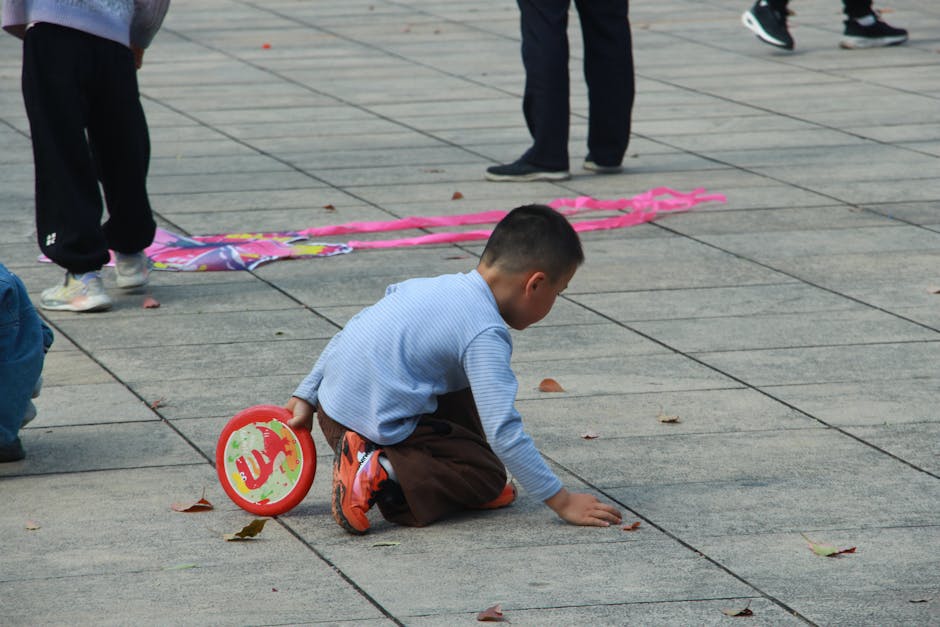systematic self improvement techniques for victim mentality
Learned helplessness is a habit of thinking and doing—fueled by years of inaction, broken outcomes, and repeated disappointments. The good news: what is learned can be unlearned. Each technique below is specific, stepwise, and built for repetition—because changing the victim script takes daily, not onetime, effort.
1. Daily Agency Audit
End each day by noting three moments where you:
Could have acted, but didn’t Did act, and noticed a result—even if small
Reframe every automatic “it’s not worth trying” with “I chose/didn’t choose to act because…” Force yourself to write the “because.” Over a week, patterns emerge—most inaction is habit, not fate.
2. Language Correction
Catch yourself using passive or helpless language:
“I can’t,” “I never,” “They won’t let me” Rewrite as “I didn’t,” “I chose not to,” or “I haven’t yet”
Language shapes mindset—the backbone of systematic self improvement techniques for victim mentality.
3. Celebrate MicroWins
Empowerment grows from small victories:
Make at least one lowstakes decision daily—choose a meal, initiate a conversation, switch up a routine. Note success and failure; only celebrate that you acted, not just positive outcome. Log these in a visible place—a whiteboard or journal for reference.
4. Ritual Letting Go
Each week, identify one grudge, shame, or setback you carry.
Write it factually, then produce a statement releasing its hold: “This event no longer decides my actions.” Physically destroy or set aside the note. Replace with a new intention for the coming week.
Victim mentality feeds on rehearsed hurts—a ritual lets you script a new pattern.
5. Scheduled RiskTaking
Overcoming learned helplessness requires rewiring fear loops:
Each week, set a challenge with a real risk of failing (speaking in a meeting, applying for something new, confronting a minor fear). Log the attempt and outcome; more importantly, log how surviving the risk felt. Exposure therapy, in safe doses, shrinks the “danger” of acting on your own behalf.
6. Trigger Mapping
For a month, build awareness by identifying context and triggers for helpless reactions:
Time, place, people, and physical state (hungry, tired, stressed) Patternmatch these to periods of procrastination or passive behavior. For top triggers, preplan one action: “When X is about to happen, my plan is to Y.”
7. Proactive Planning
Victims anticipate loss or inaction; empowered people anticipate possibility:
Each time a challenge is coming, write down two things that could go wrong, and two that could go right as a direct result of your intervention. Practice preparing both for setbacks and for unexpected success.
8. External Feedback and Accountability
Progress multiplies when you add outside accountability:
Share daily or weekly logs with a friend, therapist, or support group. Encourage them to challenge passive language, call out improvement, and push for the next action.
Feedback is not for praise, but for adjustment—a function of systematic self improvement techniques for victim mentality.
9. Failure Reflection
Victim thinkers fear trying. Reframe:
For each “failure,” note what was attempted, what went wrong, and most importantly, what was within your control. Have a regular review session—either solo or with an accountability partner—focused on alternate moves for the future.
10. Routine Vulnerability
Open up weekly—journal, audio record, or share with someone you trust. Name the hardest thing you tried, even or especially if it failed. Practice receiving feedback without defense or deflection—make correction part of your selfnarrative.
Physical Action Supports Mental Shift
Move daily—walk, stretch, take up a physical routine. Helplessness is both inaction and inertia. Care for space—clean a room, make a meal, repair a minor item. Each finished task rewrites your sense of control. Use posture: stand, breathe, and speak with intent—body informs mind.
When to Seek Professional Help
If systematic self improvement techniques for victim mentality plateau: Seek out therapy or coaching, especially for those with trauma, chronic stress, or ingrained learned helplessness from family or past institutions.
Final Thoughts
Selfempowerment is grit, not glory. Each systematic self improvement technique for victim mentality cuts a channel for action through old programming. Log, choose, release, try, and reflect—every day. The past’s script can only crowd out future action if left unchallenged. Agency returns not with one decision, but with hundreds; not in a rush, but with discipline. Write your new script—habits first, then belief will follow.





